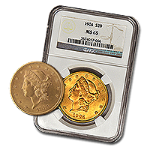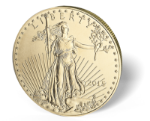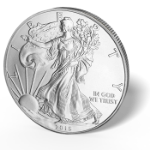Recently, a rare nickel was discovered and is expected to sell for over $2 million at an upcoming auction. The nickel is a Liberty Head coin from 1913, and is only one out of five that are known to exist. It begs the question: why are some coins worth so much?
In this case, the coin’s value has several factors. The first is it rarity. Being one of only five in the world is quite rare, and any collector would love to get one of those.
Next, the coin’s story adds value and mystique to the coin. This particular nickel was minted secretly and illegally by a mint employee named Samuel W. Brown. It was actually struck in 1912, though was given the 1913 date. Brown kept all five until he sold the set in 1920. In 1942, the set was split up amongst different buyers, one of whom was George O. Walton, who apparently paid $3,750 for it in the mid-1940s. Walton died in a car accident in 1962, and the coin was found in the remains at the site of the accident.
Following that incident, the nickel was dubbed a fake. Walton’s sister put the coin in an envelope and kept it in a closet for 30 years, unaware of its value. In 1992, her son showed it to a lawyer, and was authenticated soon after. The coin ended up reunited with the other four in 2003 at the American Numismatic Association World's Fair of Money in Baltimore, where it has remained until this coming April, when it will be sold.
One additional component for the price of the rare coin is simple human nature: ego. Wealthy individuals will pay top dollar for a rare coin, just to have something that no one else has.
All of these factors will drive the cost of a coin like this high, sometimes far above its actual value. They also equate to quite a pay day for sellers willing to part with the rare coins they have found, inherited or collected.
The moral of the story? Check your closets for valuable treasures, and browse some of the Liberty gold coins and other valuable coins available on our website. Decades from now, you might make your grandkids very happy.











